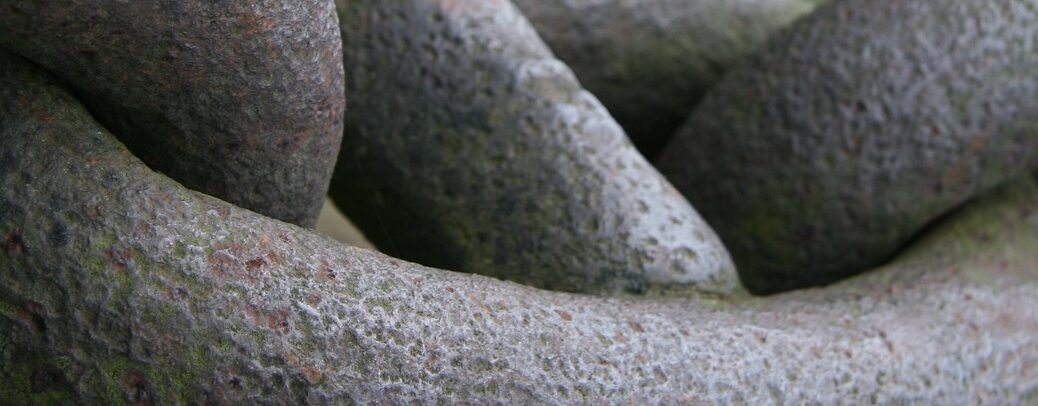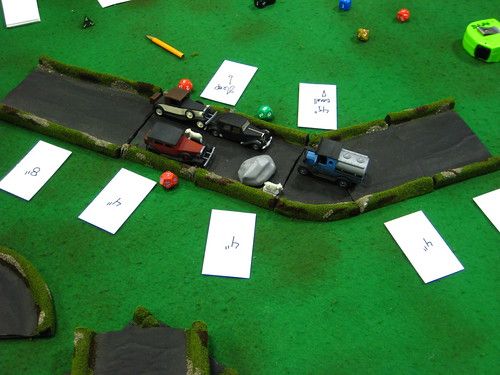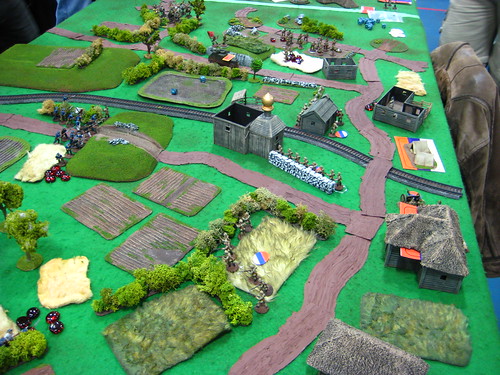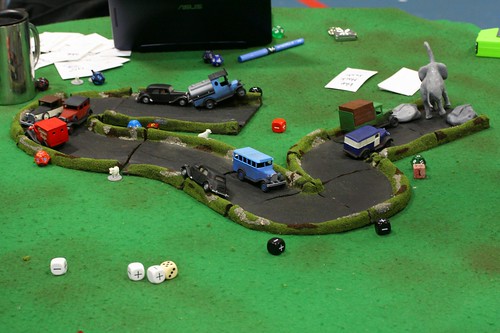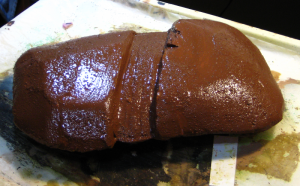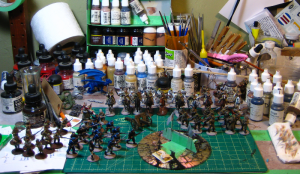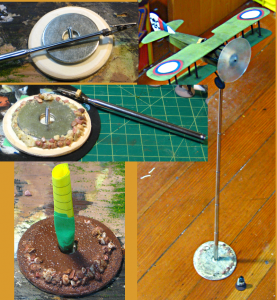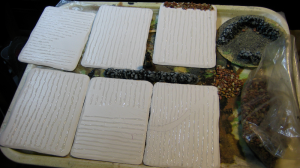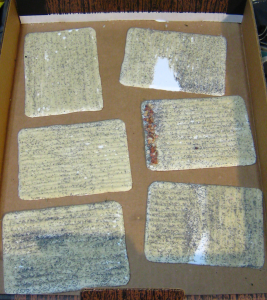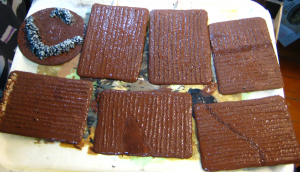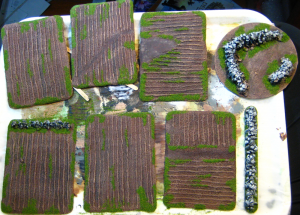First “Links of Interest” miscellaneous post for 2013, so it’s a long one!
The fantastic blog Wargaming with Silver Whistle is, like I was recently, also making fields. His are spectacular, and might inspire me to re-visit the subject again in the near future! He’s got fields and allotments, large wheatfields, and finally some haystacks, all lavishly illustrated.
TutoFig.com is a multilingual European website that aggregates links to all sorts of tutorials – figure painting, sculpting, terrain, and all sorts of other stuff. Lots of high-quality links there, and I’m flattered they linked to my hot-glue fields tutorial, which is how I discovered them in turn.
Staying with the scenery theme, The DM’s Craft Youtube channel has lots of short terrain videos, focusing on the quick-and-cheap (but effective!) end of terrain making, and especially the many, many uses to which one can put a hot glue gun!
Moving on to the Russian Civil War and World War One, the Photo Palace blog, WW1 & RCW Photos Found is a post about an amazing collection of photos by an American who was working with the YMCA in both France and Russia during World War One, and who then escaped the Russian Revolution via Siberia and China – and he took photos the whole way, as well as buying photo postcards and such as he travelled. There’s only a few photos from the collection up online right now, which is unfortunate, but they’re really neat, atmospheric photos! The same blog also has French WW1 Photos Found Still in Camera, but again, too few of the actual photos posted online so far!
The US Army’s famous West Point Military Academy has, unsurprisingly, a first-rate History Department, who have put online their Atlas of Military History. There’s no maps of the Russian Civil War, despite American forces being involved both in Northern Russian and Siberia as part of Allied Intervention forces, but there are great clear maps of World War One on the Western Front, as well as maps for nearly every other war the Yanks have been involved in.
Looking for information on Russian armoured cars I found PDF archives of the “Armoured Car Journal” from the early/mid 1990s, with several interesting World War One articles, although nothing specifically on the Russian Civil War.
Finally, if you’re doing up artwork, cards or other handouts for gaming, another source of nice textures and background images is always useful, so here’s some Free (CC-BY Licensed) textures collected on Flickr – hat tip to Sidney Roundwood for the link.

